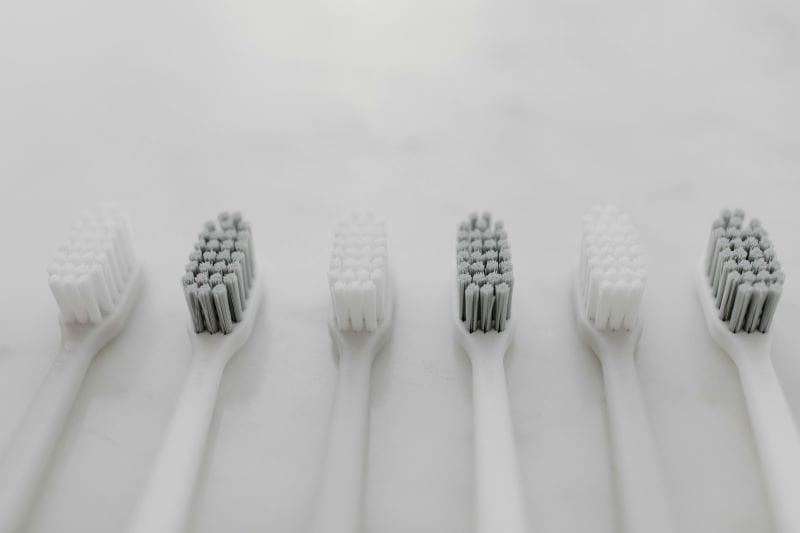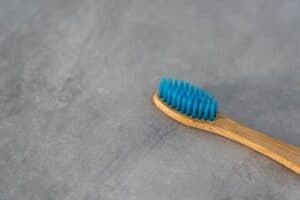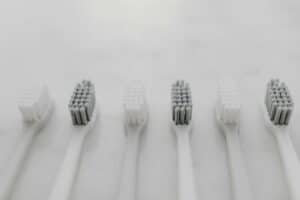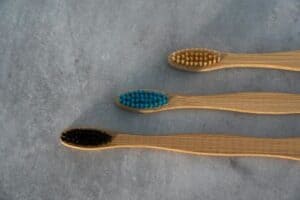
27 Aug The Pros and Cons of Electric vs. Manual Toothbrushes
The Pros and Cons of Electric vs. Manual Toothbrushes
In the realm of dental hygiene, choosing the right toothbrush is crucial for maintaining optimal oral health. With a multitude of options available, two popular choices often stand out: electric and manual toothbrushes. Each has its unique advantages and disadvantages, which can impact both your dental care routine and overall oral health. This article will delve into the pros and cons of electric and manual toothbrushes, offering insights to help you make an informed decision.
Understanding Electric Toothbrushes
What is an Electric Toothbrush?
An electric toothbrush is a toothbrush that uses rapid, automatic bristle motions to clean teeth. Unlike manual toothbrushes, electric toothbrushes have a rotating or vibrating head that provides a more thorough cleaning with less effort.
Types of Electric Toothbrushes
There are several types of electric toothbrushes available, including oscillating-rotating brushes, sonic brushes, and ultrasonic brushes. Each type has its specific mechanism for removing plaque and debris from teeth, catering to different preferences and dental needs.
Key Features of Electric Toothbrushes
Electric toothbrushes come equipped with various features such as multiple brushing modes, pressure sensors, and built-in timers. These features are designed to enhance the brushing experience and ensure effective cleaning.

Understanding Manual Toothbrushes
What is a Manual Toothbrush?
A manual toothbrush is a traditional toothbrush that requires manual movement to clean the teeth. It comes in various shapes, sizes, and bristle types, allowing users to select the one that best suits their needs.
Types of Manual Toothbrushes
Manual toothbrushes can range from those with soft, medium, or hard bristles to toothbrushes with different head shapes. They are designed to provide flexibility in brushing and can be tailored to different mouth sizes and shapes.
Key Features of Manual Toothbrushes
Manual toothbrushes are simple yet effective tools for cleaning teeth. They offer ease of use and affordability, making them accessible to everyone. However, their effectiveness largely depends on the user’s brushing technique.
Pros of Electric Toothbrushes
Improved Plaque Removal
Studies have shown that electric toothbrushes are more effective at removing plaque compared to manual toothbrushes. The rapid movement of the bristles helps to dislodge food particles and bacteria more efficiently.
Ease of Use
Electric toothbrushes require less manual effort, making them particularly beneficial for people with arthritis or limited mobility. The brush does most of the work, requiring only a gentle guide along the teeth and gums.
Built-in Timers
Many electric toothbrushes come with built-in timers that ensure users brush for the dentist-recommended two minutes. This feature helps improve brushing habits and ensures a thorough cleaning.
Suitable for People with Limited Mobility
For individuals with conditions that affect dexterity, such as arthritis or carpal tunnel syndrome, electric toothbrushes can make brushing easier and more effective.

Cons of Electric Toothbrushes
Higher Cost
Electric toothbrushes tend to be more expensive than manual ones. The initial investment, along with the ongoing cost of replacing brush heads, can add up over time.
Need for Charging or Battery Replacements
Electric toothbrushes require regular charging or battery replacements, which can be inconvenient for some users. Forgetting to charge the toothbrush can result in a less effective cleaning session.
Potential Over-reliance on Technology
Some users may become overly reliant on the technology, neglecting proper brushing techniques. It’s important to remember that while electric toothbrushes can enhance cleaning, they should still be used correctly.
Pros of Manual Toothbrushes
Cost-effective
Manual toothbrushes are much cheaper than their electric counterparts. They are widely available and can be easily replaced, making them a cost-effective option for many.
Variety of Options and Sizes
Manual toothbrushes come in a wide variety of sizes, shapes, and bristle types, allowing for more personalized choices based on individual preferences and needs.
Easy to Travel With
Manual toothbrushes are lightweight and do not require batteries or charging, making them ideal for travel. They can easily fit into any travel bag without the need for additional accessories.
Cons of Manual Toothbrushes
Requires Proper Technique
Manual toothbrushes rely entirely on the user’s brushing technique to be effective. Poor brushing habits can result in inadequate cleaning and missed areas.
Less Effective at Removing Plaque
Studies suggest that manual toothbrushes may not remove as much plaque as electric toothbrushes. Users need to be diligent with their brushing technique to achieve optimal results.
No Built-in Timers
Manual toothbrushes do not have built-in timers, which means users must keep track of brushing time on their own to ensure they are brushing for the recommended two minutes.

Comparative Analysis
Cleaning Effectiveness
When it comes to cleaning effectiveness, electric toothbrushes generally outperform manual ones due to their advanced technology and features. However, with proper technique, manual toothbrushes can still provide a thorough cleaning.
User Experience
Electric toothbrushes offer a more convenient and user-friendly experience, especially for those with limited dexterity or who struggle to maintain proper brushing technique. Manual toothbrushes, on the other hand, require more effort and precision.
Cost Comparison
While electric toothbrushes offer more advanced features, they come at a higher cost. Manual toothbrushes are more budget-friendly but may require more frequent replacement.
Practical Tips for Choosing
Considerations for Selecting a Toothbrush
When choosing between an electric and manual toothbrush, consider factors such as budget, personal preferences, and dental needs. Consult with your dentist to determine which type is best for you.
How Often to Replace Your Toothbrush
Regardless of the type of toothbrush you use, it’s important to replace it every three to four months or sooner if the bristles become frayed. Regular replacement ensures effective cleaning and reduces the risk of bacterial buildup.
Future Trends in Toothbrush Technology
Emerging Innovations in Toothbrush Design
The future of toothbrush technology is focused on enhancing user experience and improving dental hygiene outcomes. Innovations such as smart toothbrushes with AI integration and eco-friendly materials are on the rise.
The Future of Dental Hygiene Technology
As technology continues to evolve, we can expect more advanced features in toothbrushes, such as real-time feedback on brushing technique and personalized brushing modes tailored to individual dental needs.
Environmental Impact
Environmental Footprint of Electric Toothbrushes
Electric toothbrushes have a higher environmental impact due to their need for batteries and charging. Proper disposal and recycling of components are essential to minimize their environmental footprint.
Environmental Footprint of Manual Toothbrushes
Manual toothbrushes, while generally more eco-friendly, still contribute to plastic waste. Opting for biodegradable or recyclable toothbrushes can help reduce their environmental impact.
Common Myths Debunked
Misconceptions About Electric Toothbrushes
One common misconception is that electric toothbrushes are too harsh on gums. However, most electric toothbrushes are designed with pressure sensors to prevent damage to gums and enamel.
Misconceptions About Manual Toothbrushes
Some believe that manual toothbrushes are ineffective, but with the right technique, they can be just as effective as electric ones in maintaining oral hygiene.
Frequently Asked Questions (FAQs)
Best Toothbrush for Sensitive Teeth
For individuals with sensitive teeth, soft-bristled toothbrushes, whether electric or manual, are recommended. Electric toothbrushes with pressure sensors can also help prevent excessive force during brushing.
Electric vs. Manual for Kids
Electric toothbrushes can make brushing more fun and effective for kids, especially those who are reluctant to brush. However, manual toothbrushes can be a good starting point for teaching proper brushing techniques.
Can Electric Toothbrushes Damage Gums?
Electric toothbrushes are generally safe for gums if used correctly. It’s important to use the toothbrush gently and follow the manufacturer’s instructions to avoid potential gum damage.
In Conclusion
In conclusion, both electric and manual toothbrushes have their unique advantages and disadvantages. Electric toothbrushes offer advanced features and convenience, making them suitable for those who prefer a high-tech approach to dental care. Manual toothbrushes, on the other hand, provide a cost-effective and straightforward solution. Ultimately, the choice between electric and manual toothbrushes depends on personal preferences, budget, and dental needs. By understanding the pros and cons of each, you can make an informed decision that best suits your oral hygiene routine.


Sorry, the comment form is closed at this time.